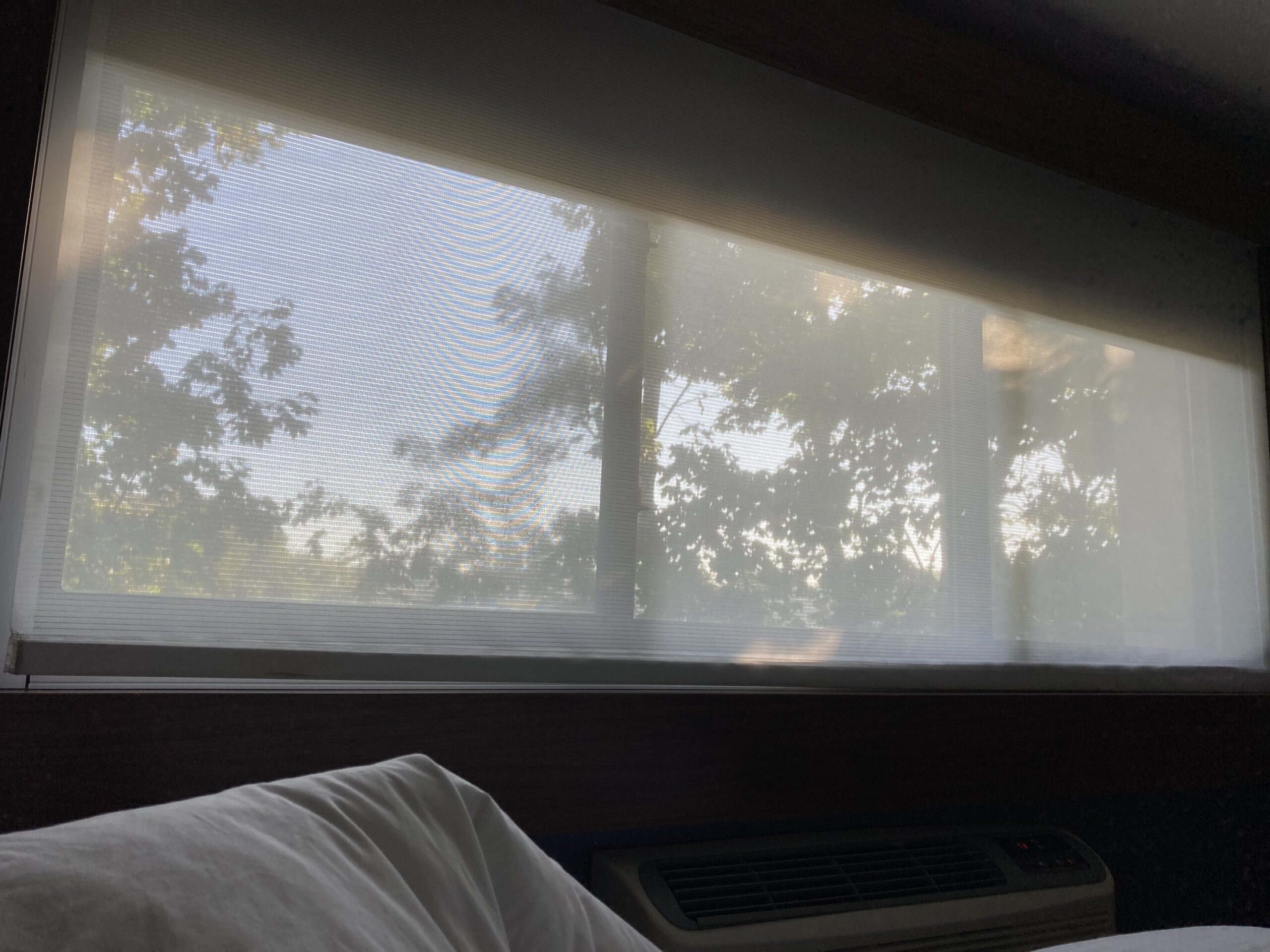I’m a big fan of reading.
Always have been.
It’s magical the way that squiggles on a page can convey so much meaning. We can read tales of a king, his friend and their adventures that were written down four thousand years ago or move into a future where a dinkum thinkum helps bring about a revolution that may never be. For a few hundred pages that past, present or future exists in the mind of the author and the reader.
And that’s just reading fiction.
I’ve been struggling with The Tome, as always. The character sketches and backstories are coming along nicely but at least one hamster in the habitrail of my mind is already running along trying to see where things are going to go once I start writing the narrative again. That particular hamster is rather concerned.
How is this book actually going to be written? What is the narrative structure?
The traditional straightforward narrative, A happens, then B which leads to C doesn’t ring true. With five main characters it gets too messy too quickly. This isn’t trying to be a sweeping historical narrative of a year in this particular family’s life. I can’t/don’t want to cram it all in.
It’s trying to be something else. But what?
I recently finished two books. I’m not sure that I particularly liked either but I still felt compelled to finish them.
The first, Station Eleven by Emily St. John Mandel, bounced back and forth across time in a way that was somewhat annoying but moved the narrative forward, eventually. When I read the final page, my first thought was I would have rather read the eponymous graphic novel than the novel built around it. The way the author popped in and out of the character’s lives has stuck with me though. Why choose this bit of a character’s life and not that one? It’s not a sweeping historical narrative but it does contain the elements of one in that sweeping historical events affected the characters lives and dictated the people they become.
The second, Aurora by Kim Stanley Robinson, befuddled me with how the death of a main character is covered in a single sentence, never to be reflected upon again and then he spends pages and pages describing an ordinary/extraordinary event in the life of another character. I completely understand why he did the latter, it’s beautiful writing and brings it all together at the end in a similar fashion to the way he ended his Mars series. But the former left me feeling that the author didn’t realize the importance of one of his own creations.
Both of these novels are not seemingly connected but they do handle vast swaths of time and experience in a similar fashion. Dropping in and out, keeping only what is absolutely necessary to move the story forward.
I’m taking a class on digital photography so I’m seeing things with a more visually oriented slant at the moment.
The above novels both use a snapshot method of conveying their character’s lives, inner and outer. It’s a still photograph, or at least a series of them, not a motion picture.
Maybe that’s what my hamster has been running towards?
Time to dig out the inner camera and take some shots?

